
Tesco’s reinvention of the hypermarket has taken a sporty turn in the past week, with plans for a nationwide network of budget gyms following hot on the heels of news that it’s in talks with Sports Direct to position stores next to some of the supermarket’s biggest sites in the UK.
But as Tesco CEO Philip Clarke adds ever more in-store concepts and concessions, in a bid to stop his hypermarkets becoming white elephants, can Tesco - and its big box rivals, at home and abroad - stop hundreds of thousands of square feet of unwanted shelf space from ending up in mothballs?
Filling the space
- In: Food to go areas, extended restaurants, coffee shops, joint retailer developments, sports shops, gyms, cinemas, bigger clothing departments, health and wellbeing services, social meeting places
- Out: Electronics, recorded music/DVDs, DIY, expensive toys, stores over 80,000 sqft
Clarke told last week’s Tesco AGM the “seismic shift” caused by digital migration from areas like general merchandise, electronics and entertainment would result not only in the scrapping of several stores he announced in the spring, but a substantial number of its large stores - many still in the pipeline - being shrunk by up to a fifth in size.
The precise nature of the tie-up with Sports Direct is hazy (it denied reports the outlets would be in-store concessions), but a deal for the hitherto lesser-known gym chain, Xercise4Less to move into a number of locations nationwide is more clearcut. The first of these, to be installed in October will take up the entire 31,910 sq ft mezzanin
e floor at Tesco’s Durham Road store in Stockton-on-Tees.
But it’s not a one-size-fits-all approach Tesco is adopting: while stores in areas such as Gateshead and Sunderland are being earmarked to help in the business of shrinking waistlines as much as expanding them, Tesco is trying very different tactics with its larger stores in more upmarket locations.
“We’re doing a lot more with how we adapt our stores to more affluent locations and to more price-sensitive locations,” David Hobbs, Tesco director of UK operational strategy and business planning, told MPs this week in their ongoing inquiry into the challenges facing UK retail. “Out-of-town stores are still popular,” he added. “We have a store in Camberley where we actually recently increased the size. You go there on a Saturday and you see customers buying their groceries, having a meal in the restaurant, looking at the electronic items and buying clothes. It’s clearly a destination experience.”
At Camberley Tesco operates alongside M&S and has indicated it will look to work with other retailers to create “destinations” - the new buzzword - at other sites in the UK, perhaps those previously earmarked solely for a giant 100,000 sq ft plus Extra.
“It’s similar to what we’ve done overseas in Thailand and South Korea,” said a Tesco spokeswoman. “We already work with M&S in other sites: the Brookfield Centre in Cheshunt is another example.”
Confusing?
The acquisition/investment in businesses including the Giraffe restaurant chain, Harris+Hoole coffee business and Euphorium Bakery, are part of the “re-invention” of Tesco. But with so many partners, does it risk confusing customers about what Tesco stands for, especially with its wider £1bn store revamp programme still a work in progress?
“I don’t think we should be losing any sleep over the fact that they have a multitude of potential tenants or partners. The key is whether they are the right tenants for those stores”
Clive Black
“I think the strategy is spot on,” says Clive Black, head of research at Shore Capital. “I don’t think we should be losing any sleep over the fact that they have a multitude of potential tenants or partners. The key is whether they are the right tenants for those stores. It’s not just Tesco facing a hypermarket hangover. Asda, which has even bigger stores on average in the UK and has admitted it faces a dilemma over how to use the surplus space, will be watching Tesco’s moves closely. As will retailers overseas.
“The likes of Carrefour, Auchan, Leclerc as well as Tesco in its other European locations, will be closely watching how Tesco’s changes to its stores work over here,” says Black. “It’s even more critical for Walmart who have enormous US stores.”
“The hypermarket model globally is under a huge amount of stress,” adds Bryan Roberts, an analyst at Kantar Retail.
“Hypermarkets were destination stores when the economy was strong. The problem is they are still destination stores but it’s only generated by two-thirds of the space. A third has become virtually redundant.”
Burned fingers
Carrefour spent hundreds of millions of euros on its Carrefour Planet strategy, which sought, as Tesco is doing, to make its stores entertainment experiences, only to get its fingers burned as the impact of online and discount rivals won customers over.
“Hypermarkets were destination stores when the economy was strong”
Bryan Roberts
“The scale of the surplus space in Tesco hypermarkets is so huge I’m not sure putting in the odd gym or Sports Direct or coffee shop will fully address the problem,” says analyst Nick Bubb. “Tesco have got some good PR out of these first few moves, but we should be wary of believing every store is suitable for such treatment. We may yet see surplus space simply being mothballed.”
Investec’s Dave McCarthy claims Tesco would be better off closing its deserted mezzanines and says its investment in businesses like H+H is merely tinkering. “These stores are built for a mass market in areas of high populations and these things don’t work in a mass business.”
However, Professor Joshua Bamfield, director at the Centre for Retail Research, claims the reinvention of big stores could yet re-energise out-of-town retail parks. “Some of it will work and some of it will be terrible,” he says, with the most successful developments going on to create “mini-Meadowhalls”.
One thing’s for sure: there’s a lot of hard yards still to run.









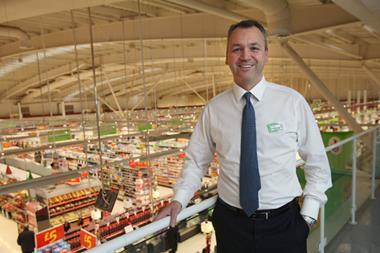
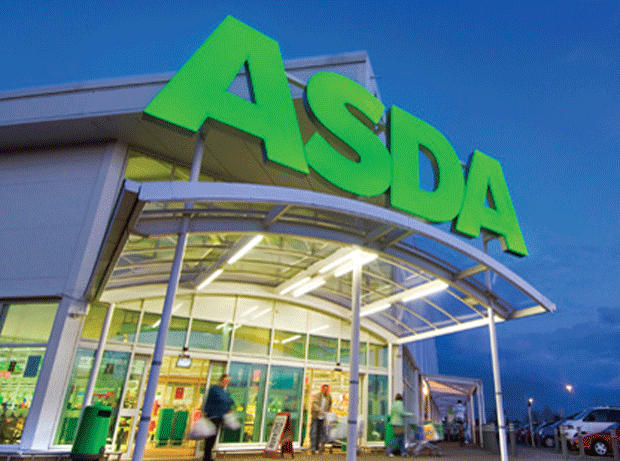
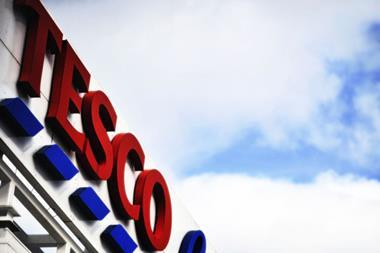
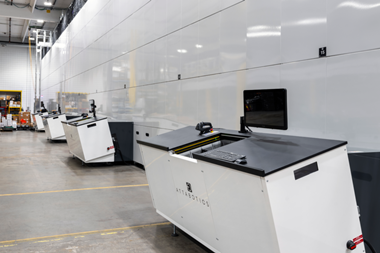


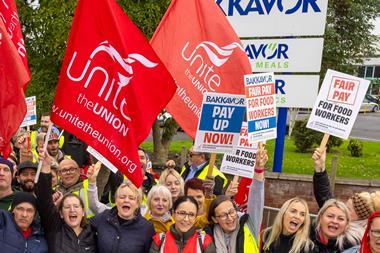

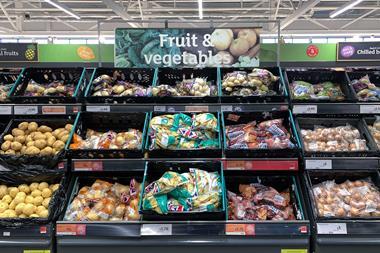

1 Readers' comment